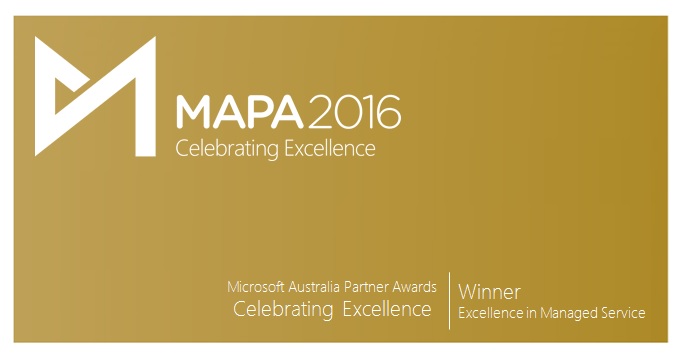
How to make a copy of a virtual machine running Windows in Azure
I was called upon recently to help a customer create copies of some of their Windows virtual machines. The idea was to quickly deploy copies of these hosts at any time as opposed to using a system image or point in time copy.
The following PowerShell will therefore allow you to make a copy or clone of a Windows virtual machine using a copy of it’s disks in Azure Resource Manager mode.
Create a new virtual machine from a copy of the disks of another
Having finalized the configuration of the source virtual machine the steps required are as follows.… [Keep reading] “How to make a copy of a virtual machine running Windows in Azure”

